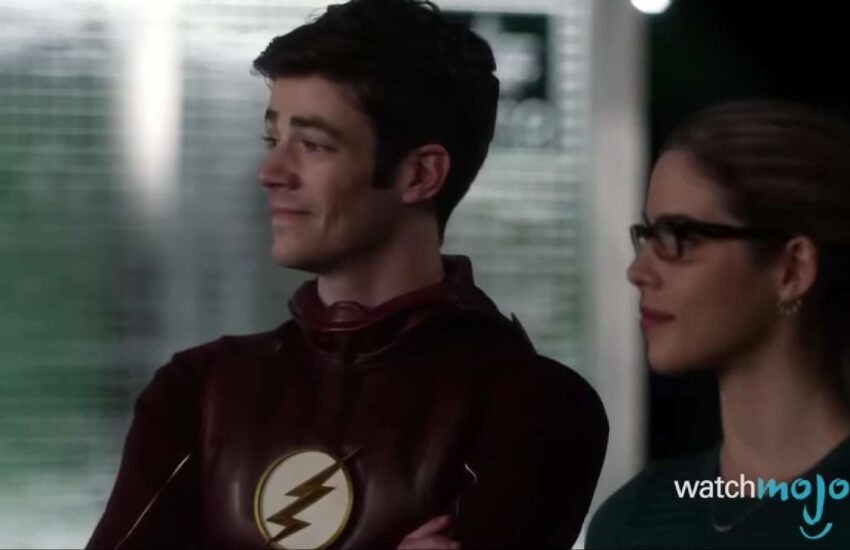
Walter White’s Eye Color: Closer Look at His Enigmatic Gaze
In the annals of television history, Bryan Cranston’s portrayal of Walter White in the acclaimed series Breaking Bad has etched an indelible mark. One striking facet of this portrayal is the deep azure shade of Cranston’s eyes, an aspect that has piqued curiosity and conjecture. While some may perceive this eye color as a mere creative choice, the reality is that Walter White’s blue eyes in Breaking Bad hold a profound significance. Understanding the rationale behind Cranston’s blue eyes in Breaking Bad unravels a deeper layer of appreciation for the character and the show itself.
The Significance of Blue in Breaking Bad
In Breaking Bad, blue isn’t just any color; it’s the emblematic hue of the methamphetamine that Walter White and Jesse Pinkman manufacture. This blue meth, created through a distinctive chemical process, stands as the purest form of methamphetamine ever conceived.
The use of colors as symbols is a prevalent theme throughout Breaking Bad. From Walter White’s name to Marie Schrader’s fixation on purple, the narrative extends far beyond words. The meticulous use of music, settings, and colors adds depth to the storytelling. Even Jesse Pinkman’s name, associated with the color blue, carries connotations of youth. In Breaking Bad, blue transcends mere symbolism; it interweaves with the narrative on multiple levels. Some fans even posit that the names Mr. White and Mr. Pink(man) subtly reference Reservoir Dogs.
While chemical toilets may not immediately seem related, some contain a deodorizing additive called Anotec Blue, designed to eliminate odors. Although effective in its purpose, this additive is far from safe for consumption, yet some individuals have mistakenly ingested it. Such misconceptions and associations can arise from visual cues in popular media, underscoring the importance of critical understanding.
Blue as a Symbol of Strength and Darkness
The color blue carries multifaceted meanings in Breaking Bad, mirroring the characters’ intricate journeys. Walter White and Hank Schrader, central figures entangled in the drug trade, have their own connections with this color. Blue embodies serenity and affection but also symbolizes wrath and violence, which aptly reflects the complex dichotomies within the show. Gustavo Fring, the character linked to blue meth, dons blue attire, signifying the intensification of his association with the blue methamphetamine trade. Walter’s own color palette undergoes a transformation post-cancer diagnosis, with blue signifying his link to Gus and the dark trajectory of his character.
In Walter White’s realm, even a blue boat serves as a visual marker for his product. The transition from pseudoephedrine reduction to reductive amination leads to the creation of blue meth. This blue color not only symbolizes Walter’s strength and dominance but also heralds his descent into the abyss of criminality.
Walter White’s Eyes: Myth and Reality
Walter White, known as “Mr. NAACP,” wasn’t African American, contrary to attempts by his adversaries to portray him as such. He served as the head of the NAACP for over a decade, dedicating his life to advancing the rights and well-being of his community. Yet, his name and legacy remain relatively obscure among contemporary African Americans.
Walter White’s life was marked by immense courage as he investigated and reported on lynchings in America, often at great personal risk. His tireless activism aimed to bridge the racial divide during a tumultuous era.
The colors black and white carry connotations that go beyond their visual nature. Unfortunately, racial prejudices persist, with some believing in racial superiority based on skin color. Despite the significance of his life’s work, Walter White’s legacy has faced challenges, including insensitivity from certain quarters.
Delving into the Complexities of Walter White in Breaking Bad
Walter White’s character is a tapestry of complexity within Breaking Bad. As a teacher turned meth lord, his enigmatic transformation bewilders and captivates. Questions about his eye color and the symbolism behind the eye colors of various characters in the show add another layer of intrigue.
Walter White’s Eye Color in Breaking Bad
Indeed, the eye colors of the characters in Breaking Bad add another layer of intrigue to this already complex narrative. Walter and Skyler White’s remarkably blue eyes, in contrast to their son Flynn’s deep brown ones, raise intriguing questions. It’s not just the scientific implausibility that piques curiosity but the symbolism woven into these details.
- Jesse Pinkman, with his piercing blue eyes, emerges as Walter White’s loyal methamphetamine partner. In the context of the show, this shared eye color carries connotations of loyalty, reinforcing Jesse’s unwavering commitment to their criminal endeavors. On the other hand, Hank Schrader’s eye color, seen as representing anger and violence, aligns with his relentless pursuit of criminals as a DEA agent;
- The symbolism of eye colors extends beyond mere aesthetics. It mirrors the intricate web of relationships and moral dilemmas faced by the characters. Walter White’s descent into the drug trade, alongside the choices made by his family members, is visually and symbolically represented through their eye colors. These subtle details enhance the viewer’s understanding of character dynamics and add depth to the storytelling.
Breaking Bad’s creators masterfully utilize symbolism, even down to the characters’ eye colors, to enrich the narrative and immerse viewers in the show’s intricate world. It’s yet another testament to the depth and complexity of this iconic series.
The Enigma of Walter White: A Symbol of Strength and Courage
Walter White’s legacy is multifaceted and encompasses more than his portrayal in Breaking Bad. Beyond the confines of the television series, Walter White was a complex figure with a remarkable impact. He was a leader with a diverse range of talents, notably making significant contributions to the civil rights movement. His distinct appearance, characterized by his blonde hair, blue eyes, and African American heritage, made him a memorable and influential figure in his own right.
Within the world of Breaking Bad, colors take on profound symbolism. Green, for instance, symbolizes wealth and change, with each character being associated with their unique color. Walter White’s blue eyes, meanwhile, represent a different facet of his character. They symbolize strength, determination, and courage, encapsulating the complexities of his persona.
These symbols, whether in the show’s narrative or in the real world, serve to underscore the depth and richness of Walter White’s character. His legacy, both as a character in Breaking Bad and as a historical figure, leaves a lasting impression, reminding viewers and society at large of the intricate interplay between personal attributes and the roles individuals play in shaping the world around them. Walter White’s character, marked by his distinct eye color, continues to be a subject of fascination and reflection, further cementing his place in the annals of television history.
Bryan Cranston’s Captivating Eyes
Bryan Cranston, an actor renowned for his remarkable performances in both Breaking Bad and Malcolm in the Middle, possesses a truly distinctive and captivating eye color. His eyes are a captivating fusion of hazel and green, creating a mesmerizing and unique hue. When viewers gaze into his eyes on screen, they are met with a profound sense of vitality and a distinct twinkle that has become one of his trademark features.
Cranston’s eyes defy the confines of a single, conventional color, and this characteristic sets him apart as an actor. His eyes have an inherent ability to convey a wide range of emotions, adding depth and authenticity to the characters he portrays. Whether it’s the intense determination of Walter White or the comedic charm of Hal Wilkerson, his eyes play a pivotal role in bringing these characters to life.
In the world of entertainment, where actors are often remembered for their distinctive traits, Bryan Cranston’s unique eye color is a part of what makes him such a memorable and celebrated figure. It’s a testament to his ability to captivate audiences and immerse them in the rich and complex worlds he helps create on screen. His eyes continue to be a focal point of his on-screen presence, leaving an indelible mark on the hearts of viewers and solidifying his status as a versatile and talented actor in the industry.
To wrap up
In conclusion, Bryan Cranston’s portrayal of Walter White in Breaking Bad transcends the ordinary realm of television characters, leaving an indelible mark on the medium’s history. One facet of this iconic portrayal that has intrigued audiences is the deep blue hue of Cranston’s eyes, a detail that goes beyond mere aesthetics. Understanding why Bryan Cranston’s eyes are blue in Breaking Bad reveals a deeper layer of symbolism and complexity within the character and the show’s narrative.
- The significance of blue in Breaking Bad extends far beyond the surface. It represents the purest form of methamphetamine, a central element of the show’s narrative. Blue carries multifaceted meanings, symbolizing both peace and love, as well as wrath and violence, mirroring the intricate journeys of characters like Walter White and Hank Schrader. The use of color symbolism in Breaking Bad underscores the show’s meticulous storytelling;
- Walter White’s legacy as “Mr. NAACP” is a testament to his courage and dedication to civil rights. Despite the challenges he faced, his tireless activism helped bridge racial divides during a tumultuous era. His legacy remains an important part of history.
In essence, Breaking Bad weaves a complex tapestry of characters and symbols, with Bryan Cranston’s blue eyes serving as a focal point. This symbolic choice adds depth and richness to the show’s narrative, making Walter White’s transformation from a humble teacher to a notorious methamphetamine manufacturer all the more captivating. The colors of Breaking Bad are not merely superficial; they are an integral part of the story’s fabric, contributing to its enduring impact on television and popular culture.






